The Pyramids of Giza: a testament to ancient ingenuity and mysterious L-shaped structure discovered
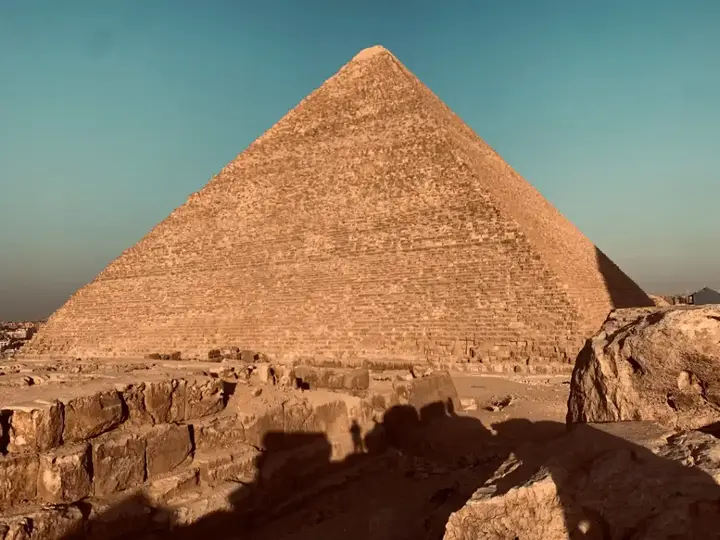
The Pyramids of Giza, an architectural marvel, have stood the test of time as a symbol of Egypt's glorious past. These structures, constructed during the Fourth Dynasty of the Old Kingdom, around 2575 and 2465 BC, are not only a testament to the astronomical and engineering ingenuity of the ancient Egyptians, but also a gateway to understanding their culture and beliefs.
Show key points
- The Pyramids of Giza, constructed during Egypt's Fourth Dynasty, stand as enduring symbols of the country's engineering brilliance and rich cultural heritage.
- The Great Pyramid of Khufu, once towering at 48
- 4 feet, was built using over
- ADVERTISEMENT
- 3 million stone blocks, emphasizing the pharaoh's power and spiritual significance.
- Khafre’s pyramid, accompanied by the enigmatic Sphinx, represents an important piece of Egyptian architecture and mystery due to the uncertain origin of the statue.
- Despite being the smallest, the Pyramid of Menkaure showcases unique internal features like decorated chambers and a vaulted ceiling.
- A newly discovered L-shaped structure in the Western Cemetery, using advanced remote sensing, hints at a potentially significant man-made underground complex.
- The anomaly’s deliberate backfilling and sharp geometric form suggest it may conceal a tomb or network of burial chambers awaiting excavation.
- Continued exploration of this structure could profoundly reshape our understanding of the Giza Plateau’s burial practices and ancient Egyptian civilization as a whole.
Great Pyramid of Khufu
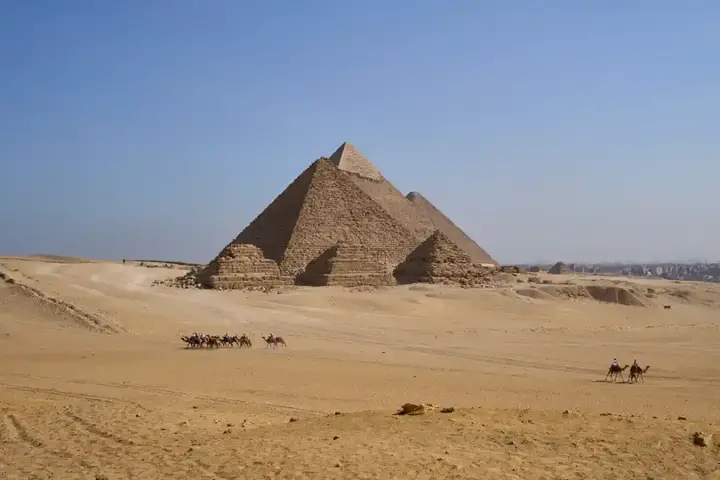
The Great Pyramid in the far north and older than the trilogy, the Pyramid of Cheops, is a spectacular sight. Originally 481.4 feet high, it was constructed with an estimated 2.3 million stone blocks. This monumental structure served as a great statement of the pharaoh's power and a reflection of his divine place in the afterlife.
Recommend
The Pyramid of Khafre and the Sphinx
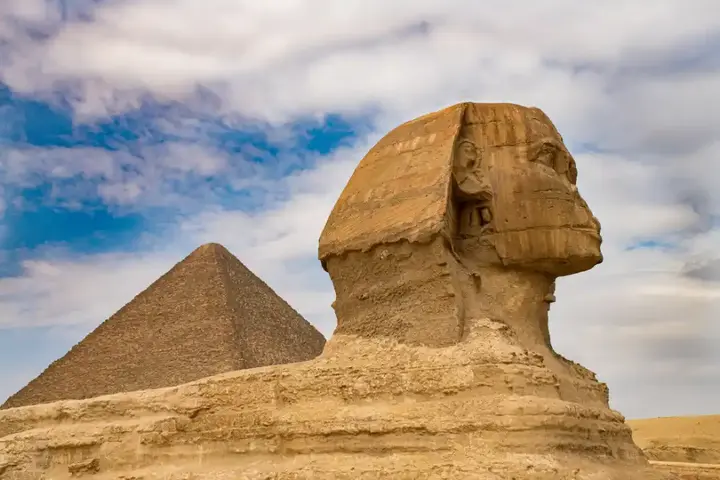
Khafre, Khufu's successor, built the middle pyramid. It is slightly smaller than its predecessor, and stands out with the accompanying Sphinx, a mysterious statue with the head of a pharaoh and the body of a lion. The origins and purpose of the Sphinx remain shrouded in mystery, adding to the appeal of the Giza complex.
Menkaure pyramid

The smallest of the three, the pyramid of Menkaure, completes the Giza collection. Despite its size, it is equally important, as it has unique specialized decorations and a distinctive vaulted ceiling in the burial chamber.
L-shaped anomaly: a new discovery

In the shadows of the ancient pyramids of Giza, a new discovery emerged from among the sands, stirring excitement and curiosity among archaeologists and historians. A mysterious L-shaped structure, buried deep in the western cemetery, was identified using advanced remote sensing techniques. This area, known for the burial of royals and high-ranking officials, has revealed an anomaly characterized by its meticulous engineering and deliberate construction.
The structure, which is at least 33 feet long, was found approximately 6.5 feet below the surface, suggesting that it was deliberately backfilled with sand after its construction. Ground-penetrating radar (GPR) readings and electrical resistance tomography (ERT) suggest that the L-shaped structure could be the gateway to a deeper feature, possibly leading to a tomb or series of chambers. The sharpness of the form, which is too perfect to be considered a natural formation, indicates a man-made origin, made for a purpose that is not yet fully understood.
Western cemetery and its secrets
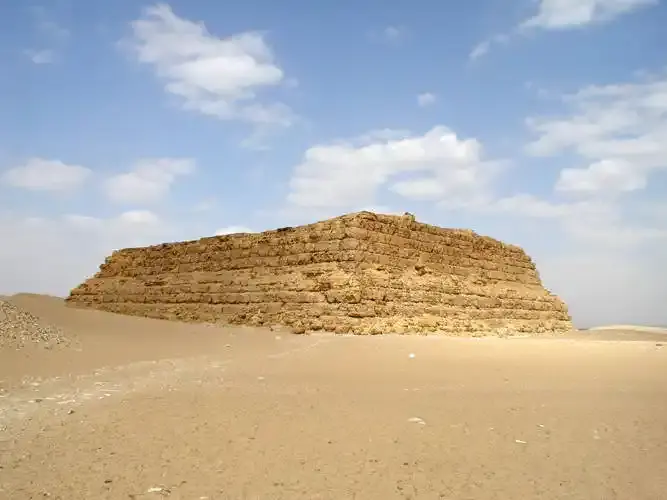
The Western Cemetery, also known as West Giza Square, is a cemetery that has long captured the imagination of those studying Egypt's ancient past. The tomb is distinguished by its terraces, as it contains the remains of individuals who were once part of an elite society during the Old Kingdom. In this Holy Land the L-shaped structure was discovered, in an area remarkably devoid of any above-ground structures. The discovery of this anomaly is particularly important because it is located in a part of the tomb that has remained a mystery; while most of the land is filled with graves and tombs, this rectangular piece has been left bare and flat. The use of GPR and ERT allowed researchers to discover areas of varying density beneath this modest section of the cemetery, revealing shapes that are unlikely to be natural formations. This suggests that they were made by human hands, although their exact purpose remains a mystery. The L-shaped shallow structure was filled with monolithic sand, suggesting that it was deliberately filled after construction. Beneath it appears a much larger structure, between 3.5 and 10 meters deep, covering an area of 10 meters by 10 meters. The presence of these structures can lead to new information about the complex of the pyramids of Giza and the humans who built them long ago. As the earth slowly reveals its secrets, piece by piece, history buried under the swirling sands of time is highlighted. The L-shaped anomaly near the Pyramids of Giza is just one such piece, and their discovery has the potential to add a new chapter to the story of these ancient wonders of the world.
L-shaped chassis detection
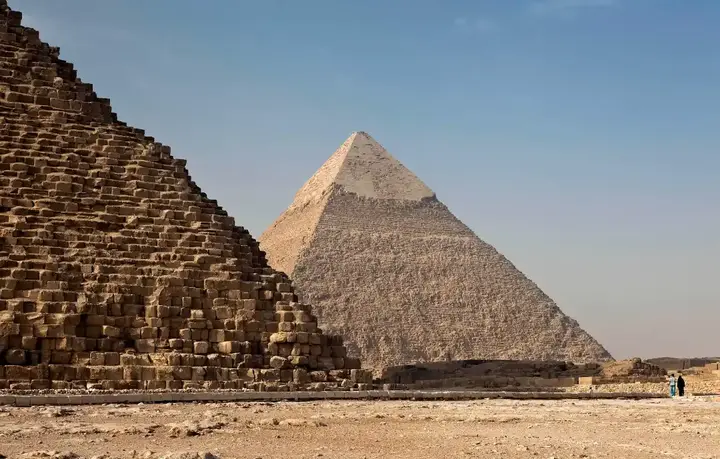
The mysterious L-shaped structure, discovered near the pyramids of Giza, has aroused the interest of archaeologists and historians alike. Found in the Western Cemetery, this structure was buried approximately 6.5 feet below the surface and is at least 33 feet long. The exact nature of this structure remains a mystery, but its man-made properties are unequivocal. It appears to have been deliberately backfilled with sand after it was built, suggesting that it may have served a specific purpose, but is currently unknown.
Theories and speculations
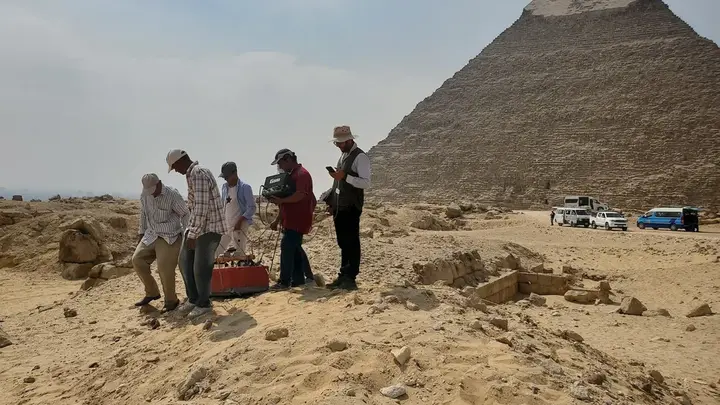
Many theories have emerged regarding the function of the L-shaped structure. One prevailing hypothesis is that it could be an entrance to a deeper feature or complex, possibly leading to a tomb or a series of rooms. The sharp, specific shape of the structure suggests that it is not a natural geological formation, but an artificial structure, and is likely related to the function of the cemetery as a burial ground. Some experts speculate that the structure could be part of a larger, unexplored tomb complex. Due to its proximity to the pyramids, it is possible that the L-shaped structure was part of a large design, and may have served as a border or a unique feature associated with the tomb of a high-ranking official.
The importance of prospecting
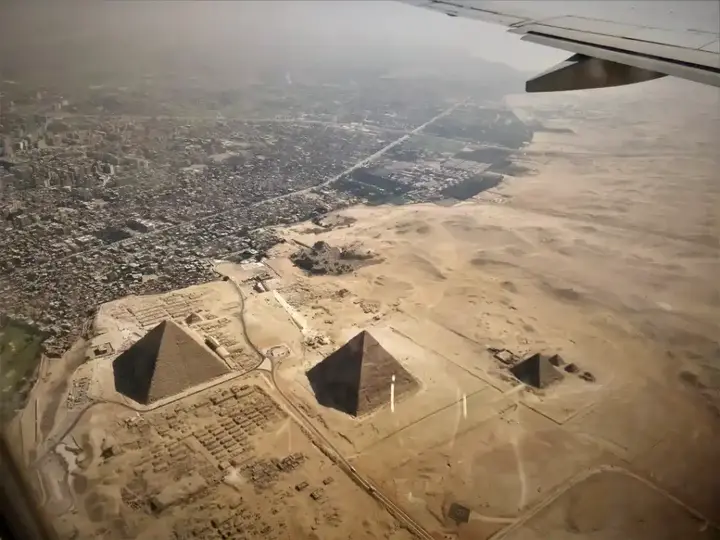
The true significance of the L-shaped structure can only be determined by careful excavation. The process of uncovering this structure is crucial, as it may reveal new insights into the burial practices and architectural techniques of ancient Egypt. Excavations are likely to lead to the discovery of artifacts, inscriptions, or architectural features that could reshape our understanding of the necropolis of Giza and its inhabitants. The ongoing excavations are being carried out with a sense of urgency and anticipation. Each layer of sand removed brings us closer to answering the many questions surrounding this structure. The findings can have profound implications for the history of the Giza Plateau and provide a deeper understanding of the civilization that built one of the Seven Wonders of the Ancient World.
Conclusion

The pyramids of Giza have long captivated the imagination of the world, and the discovery of the L-shaped structure adds another layer to its mystery. As archaeologists continue to explore and excavate, we await new discoveries that will further shed light on the complexity of the ancient Egyptian civilization. The pyramids of Giza and the newly discovered L-shaped structure remind us that history is not static but a living story that constantly evolves with each new discovery. As we delve into the sands of Giza, we not only uncover the secrets of the past, but also reaffirm the timeless allure of the wonders of ancient Egypt.








